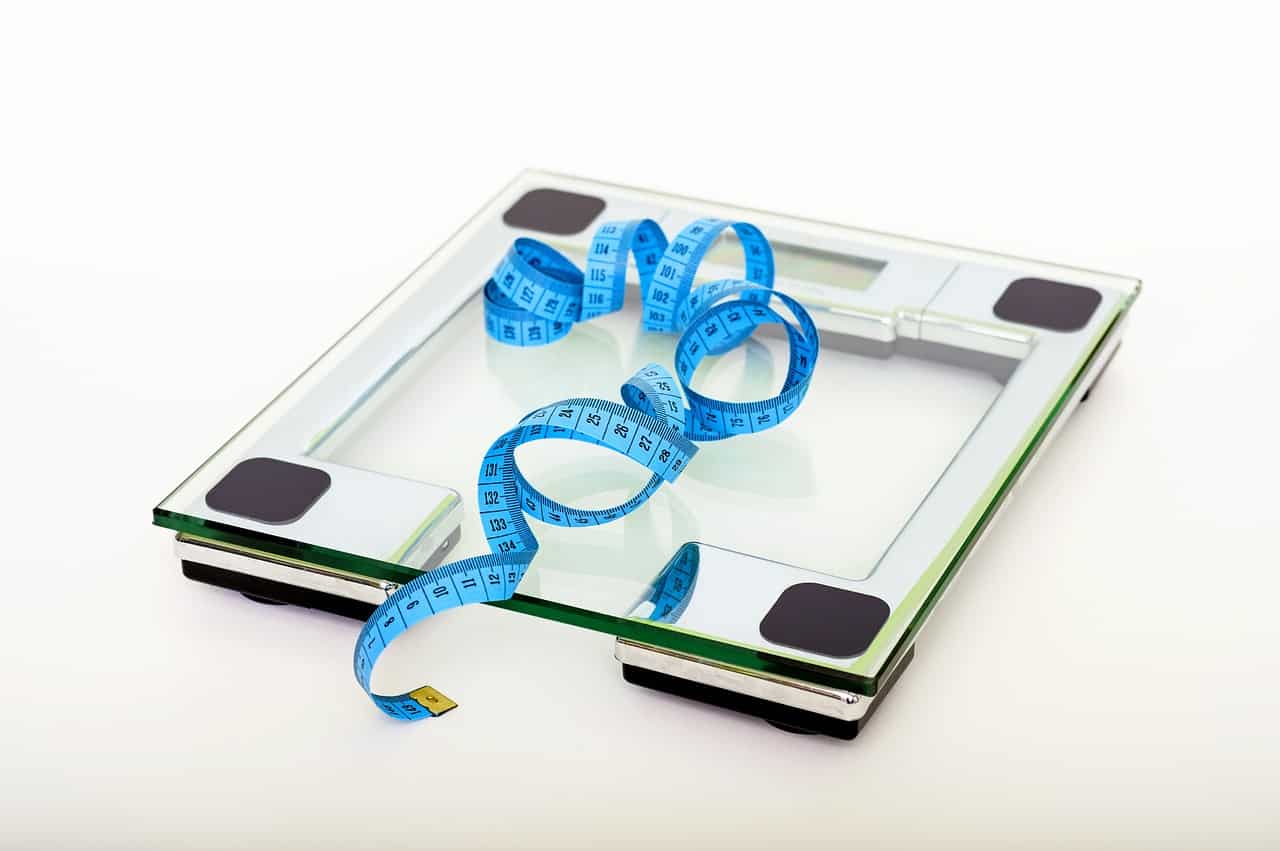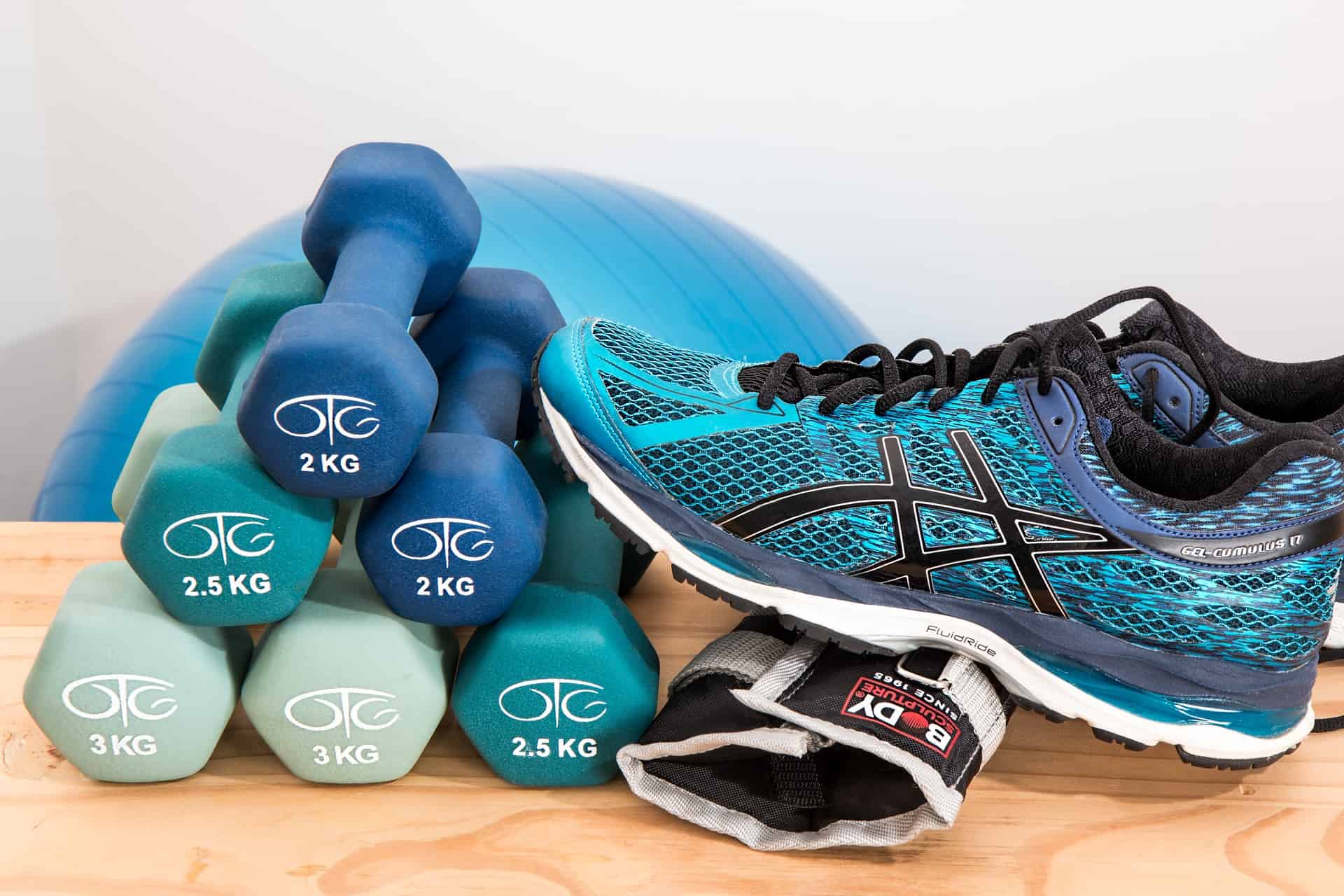Contents
Getting into a gym to workout can be intimidating for someone who is looking to start weightlifting. The reality is that getting into any new environment that you are unfamiliar with can be scary. Self-doubt creeps in, and the questions arise. I’m sure at some point you have even entertained the following thoughts.
What am I even doing here?
I don’t fit in.
What is all this stuff?
I am probably doing it wrong and looking foolish.
The good news is that as long as you know you are doing something for the right reasons and doing your best to get a little bit better every day, then you will improve. And taking care of your health and getting serious about your body is a great reason! Congratulate yourself for even starting.
We have put together a list of tips to make your first trip to the gym a little easier. Following these tips will ensure that you are on the right path to move out of the beginner level fast and start seeing some progress. More importantly, they will help to prevent injury and maximize the benefits of weightlifting.
Here you go!
Beginner Fitness Training Tips
1. Know Your “Why”
First, know your reasons for taking on this challenge. Is it to get stronger? Or to look better? If you don’t know your “why”, then check out this article that goes over all the benefits of a training program.
Knowing your reasons for putting all this effort and energy into your fitness training will be the foundation that everything else sits on. It will help with the following tips and even keep you motivated when you feel like quitting.
2. Set defined goals.
 Having specific short and long-term goals is important when heading to the gym. Sure, having a vague goal is better than nothing at all. But the more specific you can make it the better.
Having specific short and long-term goals is important when heading to the gym. Sure, having a vague goal is better than nothing at all. But the more specific you can make it the better.
Example:
Vague: I want to lose weight.
Specific: I want to lose 8 pounds in 2 months.
People without specific goals tend to wander aimlessly around the gym. They don’t have any set plan and just use whatever machine is free or catches their eye. This is counterproductive and won’t yield many benefits.
3. Have a training plan.
Once your goals are defined, you can come up with a training plan. A detailed training plan will include specific exercises and movements to do every day. It will also include a diet to accompany the weightlifting and movements.
Both of these elements are crucial to maximize the effort you put into working out.
4. Get Professional Help
As a beginner, setting goals and developing a training plan can be difficult. It is best to inform yourself and seek professional help.
If you are limited on budget, you can search on google and find a ton of free information. Although this can be time-consuming and not specific to you, it will point you in the right direction.
The next step would be to buy some online programs. There are a ton of web-based training programs on the internet now, and many are very good. These tend to be packed with a ton of great information and are often tailored to specific goals.
The ideal situation would be to hire a personal trainer. Because this is the most expensive option, it will not be for everyone, but it will help get the best results. Personal trainers will work with you to develop a specific training program and even assist you with learning the proper movements.
Some people just choose to work with them for a short period of time, in the beginning, to make sure they are headed in the right direction.
If your budget allows, you can work with a trainer over an extended period of time. During this time they will adjust your lifting and goals depending on your progress. They will even improve your diet too. This option is for the person that is serious about the fastest results.
5. Warm up with a few minutes of cardio.
 Every day, before lifting heavy weights make sure you warm up with a few minutes of cardio.
Every day, before lifting heavy weights make sure you warm up with a few minutes of cardio.
Most professionals recommend at least 5-10 minutes before weightlifting. This can include brisk walking, running, biking, the stair master, or elliptical. The goal is to get your heart rate elevated so that your body warms up.
This will significantly reduce the risk of an injury and well as help get your maximum performance while lifting weights.
6. Stretch before you start weightlifting.
After you are done with your cardio, it is best to do some stretches. There are many reasons for stretching. Mainly, this will loosen your joints and muscles even further so you can avoid injury.
Many beginners skip stretching and cardio because they don’t know any better, but science has shown how adding stretching to your workout reduces injury and increases performance.
7. Clean machines before you use them.
At this point, you should be sweating. But so is everyone else that is working out on the same machines as you.
This is a breeding ground for skin infections like ringworm.
To minimize the risk of a skin infection, it is wise to clean every machine before using it. Most gyms have paper towels or rags and disinfectant readily available.
Taking a few seconds to spray some disinfectant on and wiping down the surfaces will go a long way to preventing rashes.
8. Go Slow.
Each weightlifting movement should be performed in a slow and controlled manner. Controlling the weight in both directions is imperative. The 2 segments of a lift are called the concentric and eccentric phases.
Concentric is when you are flexing your muscle to move the weight, and the eccentric phase is when you are returning to the starting position.
Beginners often flail around and throw the weights wildly. Not only does this create a high risk of injury, but you also lose out on the maximum benefits of the lift.
By raising and lowering the weight in a controlled manner, you force the muscle to work harder and longer to complete the movement. This causes the muscle stress and forces it to grow.
9. Form is Key.
Combined with the above tip, having proper form is crucial.
When lifting weights as a beginner, choose lighter weights until you can have perfect form. After your muscles have learned the proper movements, only then should you start increasing weight.
10. Start out with light weights and then move up.
 When starting out in the gym, leave your ego at the door. There are going to be a lot of people in the gym that have been lifting for years. And there will probably be some bodybuilders and serious athletes.
When starting out in the gym, leave your ego at the door. There are going to be a lot of people in the gym that have been lifting for years. And there will probably be some bodybuilders and serious athletes.
Resist the urge to show off and lift heavy to feel like you belong.
I promise you it will only lead to an injury.
So start light and remember that you are only there for your reasons and to get better every day.
11. Remember to breathe.
This crucial tip often gets ignored. It is important to breathe properly when weightlifting.
When you are in the concentric phase, where you are moving the weight, you should breathe out.
When you are in the eccentric phase and returning the weight to the starting position, breathe in.
Your breath should be slow and controlled just like the movement. When everything is in harmony, you will be supplying oxygen to your working muscles to help them function.
Also, by breathing out during the difficult portion of the lift, you force your muscles in your core to contract and stabilize your entire body.
12. Big muscle groups first.
It is essential to work on your larger muscle groups first on a weightlifting day.
Often, beginners work out the smaller muscles first because that is what people notice. For example, don’t immediately start by working out your biceps. When you fatigue the smaller muscles first, the larger muscle lifts later won’t be as effective.
Larger muscle groups include your chest, back, and buttocks.
13. Use weight clips and safety stops with appropriate.
For safety, use weight clips when using free weights. Sometimes when lifting free weights, the weights can slide off. Falling weights can land on peoples feet and break bones. Also, after a weight falls off the bar will become unstable and can injure you.
By placing clips on the bar, you will prevent the weights from falling off and help maintain a safe environment for everyone.
14. Stay hydrated.
 This is another important one. When working out, we become dehydrated by sweating.
This is another important one. When working out, we become dehydrated by sweating.
Keeping our muscles adequately hydrated when lifting weights will keep them operating correctly and will help reduce injury. So bring a bottle of water along with you and sip on it throughout your workout.
Also, make sure that the water is either reverse-osmosis filtered water or from a company that doesn’t fluoridate their water. You can read about the potential dangers of fluoride here.
15. Ask for help.
Since there are often many experienced people in the gym, don’t hesitate to use them as a resource! Most of them are secretly cheering you on and hope that you succeed.
Remember, that although they may seem like weightlifting professionals to you now, they were once a beginner too. So they remember what it is like to be in your shoes.
If you are unsure of how to use a machine, ask for help. From the staff to the other lifters, there are plenty of people that can help show you the proper way to do an exercise. You can also have them check out your form and give you some tips to improve.
And you never know, you just might make a friend.
16. Ask for a spot.
When lifting heavy weights, do not try to perform the exercise alone!
A spotter is someone who will watch you closely and will be ready to help you out if you get stuck. So if you are about to lift a heavy weight, grab someone who is close by and ask if they can spot you for the exercise. This will ensure your safety during weightlifting.
17. Clean the machines after using them.
Just like before, as a courtesy it is important to clean all the machines you used after using them. This will help the gym to remain as clean as possible.
18. Rerack weights after use.
When you are done using any free weights, make sure to take them all off the machine and place them back on the racks. This is done as a courtesy to the other gym members.
Some members may not be as strong as you and may not be able to take your weight off. Doing this helps them out a ton.
19. Workout regularly.
If your training plan is designed correctly, you will have regularly scheduled weightlifting days. Not only will this help you stay consistent to develop over time, but it will also rotate different muscle groups.
Showing up to workout now and then won’t have significant results. The key is to be consistent.
20. Eat afterward to replenish muscles.
It is essential to eat a nutrient dense meal after working out. Lifting weights and doing cardio depletes the body of energy and glycogen in the muscles. To have muscles grow you need to replenish them with nutritious food.
Also, your skeletal system is being stressed too. Nutritious food helps our bones recover and become more dense to handle the heavy load. This article goes over the effect of weightlifting on bones.
This includes a mix of protein, fats, and carbohydrates.
21. Get plenty of sleep to recuperate.
 Also, for the muscles to properly repair themselves, you need adequate rest. So make sure you get plenty of sleep after an intense training day!
Also, for the muscles to properly repair themselves, you need adequate rest. So make sure you get plenty of sleep after an intense training day!
Also, if you have sore muscles you can rub some peppermint oil mixed with coconut oil on them to help relieve the pain. Read naturemadecures.com/peppermint-oil-uses for the full details.
22. Stretch after your workout.
Just like before your workout, it is also important to stretch after.
By stressing the muscle with heavy weights, the muscle tightens and shortens. By stretching the muscles, you help them to loosen up to be able to start recovering. This will minimize the time that they are sore after a workout and helps to reduce injury.
23. Be sure to schedule rest days.
In the beginning is it easy to be eager to get in shape as fast as possible. And many people figure that you can achieve this by weightlifting every day.
This can’t be further from the truth.
This can actually be counterproductive because our body needs rest to recuperate and repair. By working out every day, you will cause burn out and get injured. So be careful not to overdo it.
I recommend starting out lifting weights between 3-5 times per week. This should be plenty to start seeing results and improvements in your overall health.
24. Don’t expect immediate results
Don’t get frustrated if you don’t see immediate results.
As with anything in life, good things take time. So start with the mentality that you are designing a new healthier lifestyle for yourself and treat it that way. Eventually, you will get where you want to be. Just keep at it!
Conclusion
Weightlifting is an activity with many health benefits. Although it can be intimidating at first, by following these tips you will be able to feel a little more comfortable knowing how to start.
Not only will these tips make you more efficient, but you will also get the most out of your workouts while reducing injury and being courteous to the rest of the gym members.
In the end, you will be able to lead a healthier and more full life. And that will make it all worth it!
